By Dac Collins. July 11, 2019. Entering Relativity, Cruel Sister, Bad Finger and Moons of Pluto. At Smith Rock State Park, the names of some of the classic climbing routes are as distinctive as the rock walls themselves.
And because it’s the namers who have helped shape the park into what it is today — a world-renowned rock climbing mecca that draws over three-quarters of a million visitors annually— it seems only fitting that the ever-growing cadre of climbers who utilize and steward the publicly-owned park would play a role in expanding it.
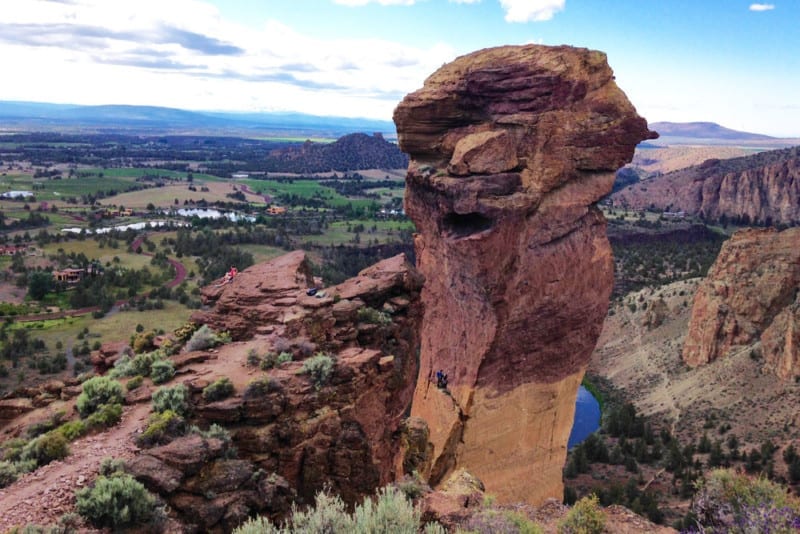
Climbers scale the iconic Monkey Face at Smith Rock State Park. Photo courtesy of smithrock.com
“I started climbing there in 1991 and just sort of fell in love with the place,” says local climber Ian Caldwell.
Known throughout the Central Oregon climbing community as the Mayor of Smith Rock, Caldwell volunteers regularly at the park, maintaining trails as well as bolted routes. He also helps with search-and-rescue operations and coordinates the annual Spring Thing volunteer day.
In short, Caldwell knows the Smith Rock area, and the community that recreates there, as well as anybody, and he has been a vocal supporter of a recent decision by Oregon State Parks to acquire an additional 38-acres located southeast of the park boundary. Encompassing the area known as the Lower Gorge — which Caldwell describes as “a different and unique climbing experience from the rest of the park,” — he explains that the privately owned parcel spanning both sides of the Crooked River has been used by climbers and hikers for years.
“The owners don’t live there, so they’ve never really had an issue with us climbing up there,” Caldwell says. He explains that many of the climbers and hikers who have frequented the Lower Gorge over the years did so without realizing they were on private land.
So while the expansion of the park won’t necessarily open up uncharted terrain, it will guarantee that the land is protected from development and managed appropriately going forward. And from a conservation perspective, putting an additional 38 acres in the public trust increases its value tenfold.

You don’t have to be a climber to appreciate the dramatic scenery of the Lower Gorge. Photo courtesy of smithrock.com
Jeremy Bowler is the president of the High Desert Climbers Alliance, a local climbing organization that works to protect and secure access to climbing areas in Central Oregon.
Referring to the acquisition of the Lower Gorge, Bowler says, “This legitimizes, or it continues to legitimize, climbing there. And it will provide a great protective space for climbers to continue to go.”
“And the climbing that exists there is absolutely phenomenal,” he adds.
While Oregon State Parks hasn’t closed the deal quite yet, the Oregon Parks and Recreation Commission held a meeting on June 12 to discuss the purchase of the privately owned property. Caldwell testified at that meeting alongside Alan Watts and John Rich, who are also prominent figures in the local climbing community.
“We all spoke to what a unique area this is, and how important it is to the climbing community,” he says, adding that the Commissioners voted unanimously to purchase the 38-acre parcel for $285,000 from the MacFarlane family.
Oregon Parks and Recreation Department spokesman Chris Havel confirms this account, and says the Commission’s decision was relatively straightforward considering the positive responses the Dept. received during the public comment period that preceded the June 12 meeting.
“It’s all been supportive, what we’ve heard so far,” he says.
Havel points out that the expansion of the park will also protect 1,000 feet on both sides of the Crooked River, a stretch that adventurous whitewater boaters paddle during spring runoff.
“And it does secure a route to other public lands just outside the park,” he adds, referring to the Upper Gorge that is located just upstream and is owned by the Bureau of Land Management.
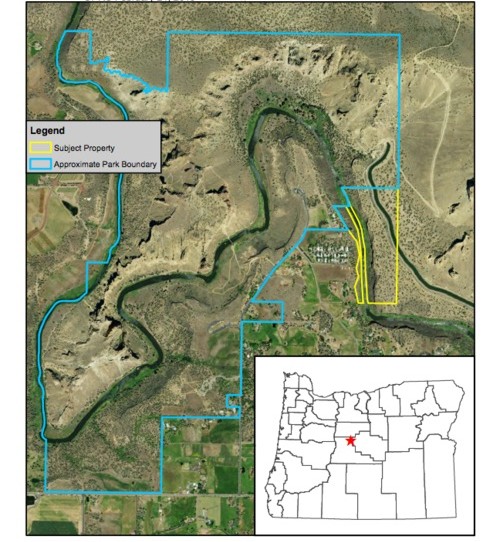
Map courtesy of Oregon Parks and Recreation Dept.
In this sense, the land acquisition creates a larger, more cohesive publicly-owned space. Having this much space “will give us a little more room to spread out in the park,” Havel says, which in turn will lessen the impact that human visitors have on the natural environment, benefitting the residents of Smith Rock — the raptors, rattlesnakes and other species — that thrive under the high desert sun.
“We’re just so grateful for the State Park and how they manage their lands,” says Bowler, who sees the land acquisition, and the public’s overwhelming support of it, as a testament to the positive working relationship that the local climbing community has established with the State Park over the years.
“Not all climbing areas are as lucky as we are.”





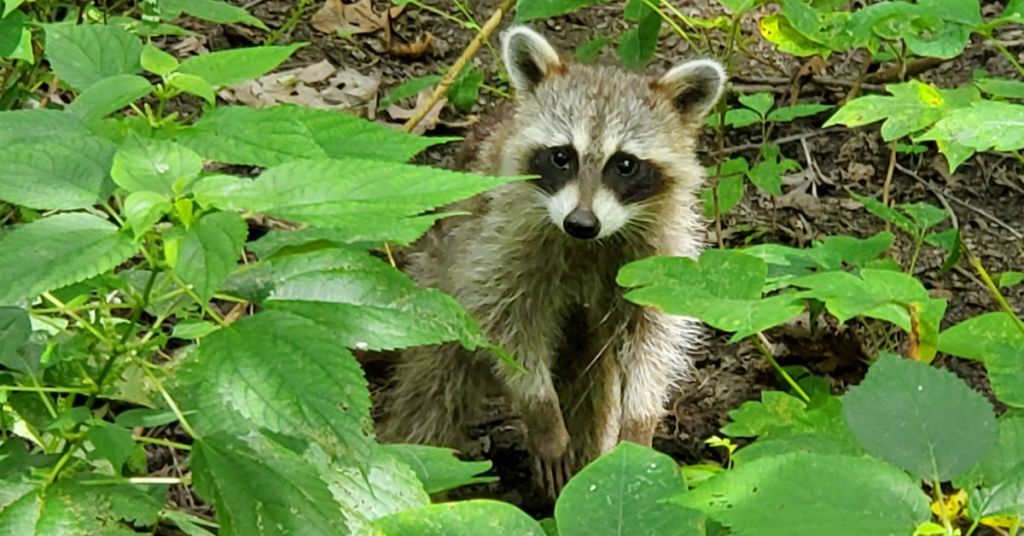
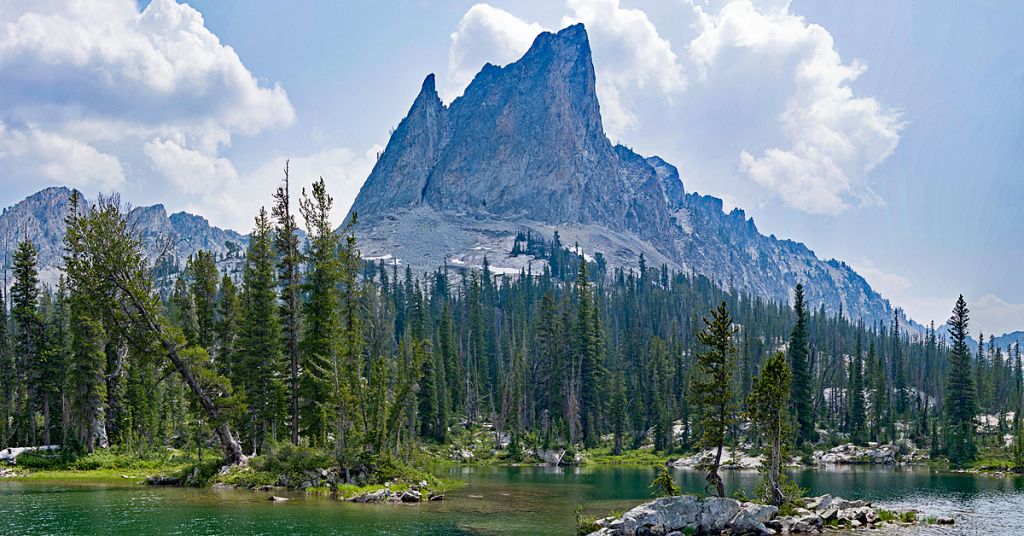
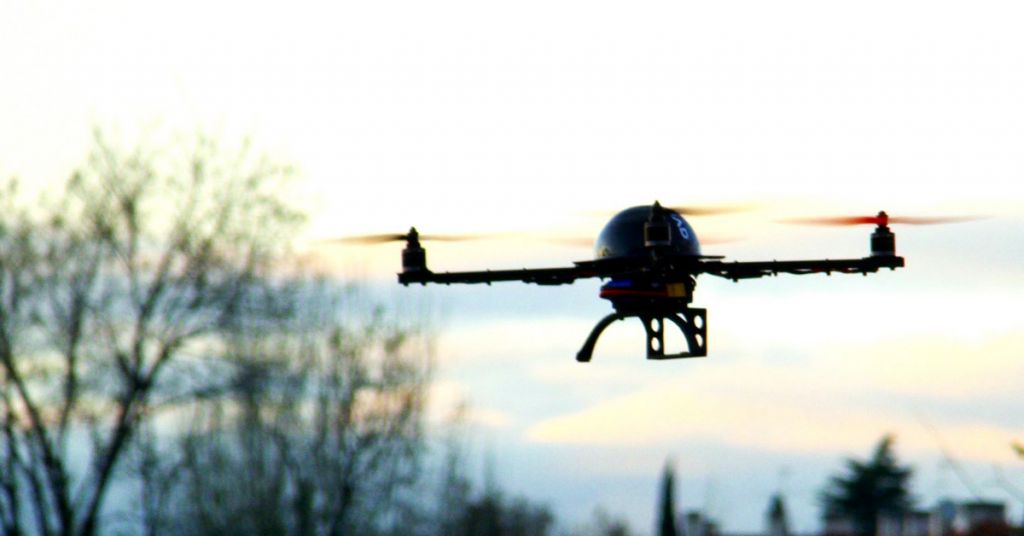



I am so glad to see this acquisition given such support. In 1987 I began climbing at Smith and taking OSU Outdoor Rec Centre groups to learn rock climbing at that corner of the river. Those basalt columns below the rim were a favourite area, and better for bigger groups away from the main crag and crowds.
Well done Ian and the rest of the supporters for building the relationships that make these proposal a likely success.